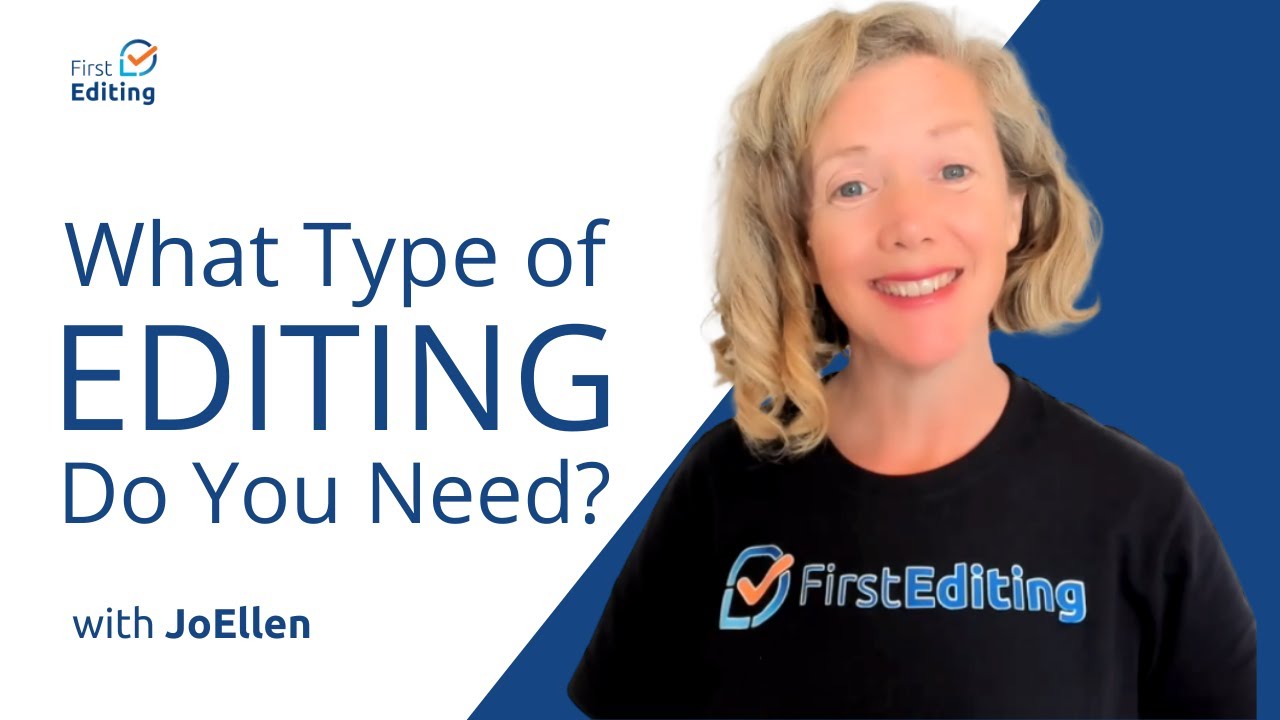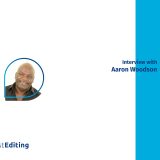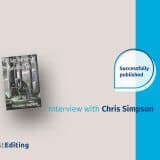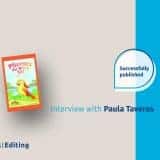

Flat characters that change little throughout a story are usually dull and uninteresting, no matter how exciting the plot itself might be.
A character should have intent, a purpose or quest, or at the very least respond to the events around them in a way that might make them believable, frustrating or lovable to the reader and help them keep turning the pages.
The evolution of a central character is at the heart of all good stories. A good writer knows how to present those changes to the reader.
What is a character arc?
A character arc is all about how a character changes over time. The character arc might not exactly coincide with a story arc, but the character generally does respond to the events happening around them. This should begin to happen from the moment a character first enters a story.
The goal the character is pursuing throughout the story usually helps define that character arc, be it the pursuit of a beautiful woman, doggedly solving a crime, or surviving the loss of a loved one.
A satisfying arc is one in which the character changes fundamentally by the end of the story—they have grown, or disintegrated, but they just are not the same person they were.
Types of character arcs
Positive
These kinds of stories are usually very popular because even though our hero or heroine might be sorely tested, they change for the better. He or she figures out the truth, or discovers or confronts their own inner demons, and somehow overcomes the various external tests they are faced with throughout the plot line.
Even if they have spent half the story blundering around making wrong moves and there may even be quite a few battles they have lost, they finally are successful and often there is a sense of resolution, hope, and a new world ahead of them. These stories tend to be uplifting and transformational.
The Harry Potter series uses a positive arc for the poor Harry, who is initially orphaned and has to live with his cruel aunt and uncle but ultimately ends up saving the wizarding world after many dangers and adversities. It doesn’t get much more positive than that.
RELATED READ: The Point of View of Fiction Writing
Negative
Unlike the positive character arc, this one is more about failure and unhappy endings. Where the positive arc might be about redemption and improvement, this is ultimately about self-destruction, and perhaps the destruction of others as well. It is defined by a journey towards failure.
The actual story arc might be quite similar to the positive one, but rather than learn or overcome whatever their challenge was in the story, it might get the better of them, or change them for the worse. Or perhaps circumstances just finally conspire against them, or they have that one tragic flaw that just lets them down.
Jay Gatsby from F. Scott Fitzgerald’s The Great Gatsby is an excellent example of someone that goes through a negative character arc. His life is something of a façade, all lavish parties and deception to win Daisy, who is also using him. In the end, he fails in his goal of winning Daisy and is shot and killed.
In Shakespeare’s Hamlet, the main protagonist starts out showing some promise, but as the play progresses, he descends into madness.
Flat
A character with a flat arc does not change. This does not necessarily mean the story is flat or boring. It may simply be that the character themselves isn’t finding and confronting their own inner problems or issues, but perhaps in the world around them.
While it’s a film and not a novel, a heroic character like Indiana Jones remains steadfast and capable throughout a story, despite all the dangers thrown at him. In this way, his character arc is flat. But as a character he’s highly likeable, and the stories are so fast-paced and enjoyable it’s still a winner. There’s also some comfort in knowing that Indiana will respond in the same way our hero always does, and will probably ride off into the sunset at the end of the story.
RELATED READ: Characters in Motion
How to write a compelling character arc
Stories usually start by introducing a character, and who they are, at least at the beginning of the story. You would start by describing them and their usual behavior, interests, and what is occupying them at that point in the plot.
The inciting or compelling incident, a key plot point described in story arcs, is when the character’s life gets turned upside down. It will usually determine their goal for the rest of the story, and life from then on might be about progressing toward that.
If you have a strong outline and use the key plot points we describe in the story arc, with the characters changing alongside the narrative, this will help you map out a really strong corresponding character arc. Just as a story has a mid-point, climax, and resolution, you can use those points for major changes in the character.
Characters must fail or succeed, face the consequences of their actions, or be rewarded for doing the right thing. This sense of conflict in their choices and outcomes help drive the story and make it powerful. And ultimately this is what you want in a good novel.
To find out more about how to use characters within your story, consider the idea of characters in motion within the story and how characters are used in scenes, often called character per scene.











